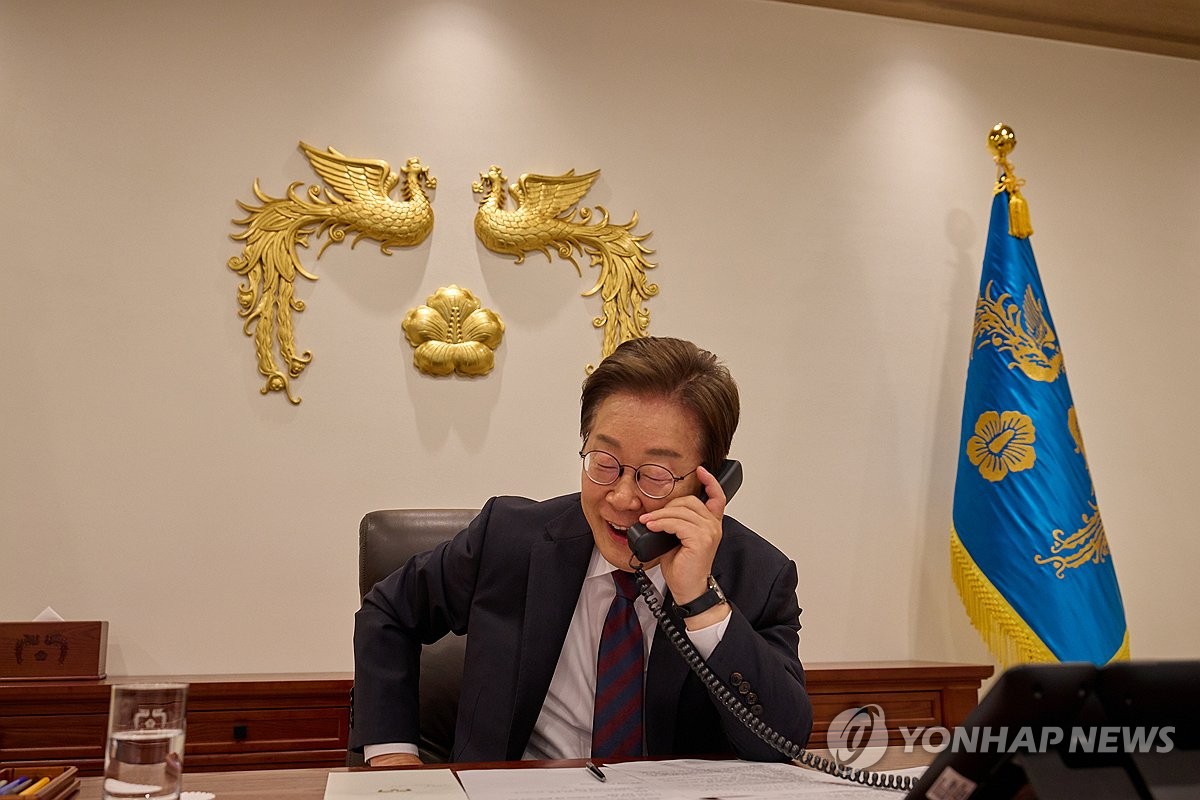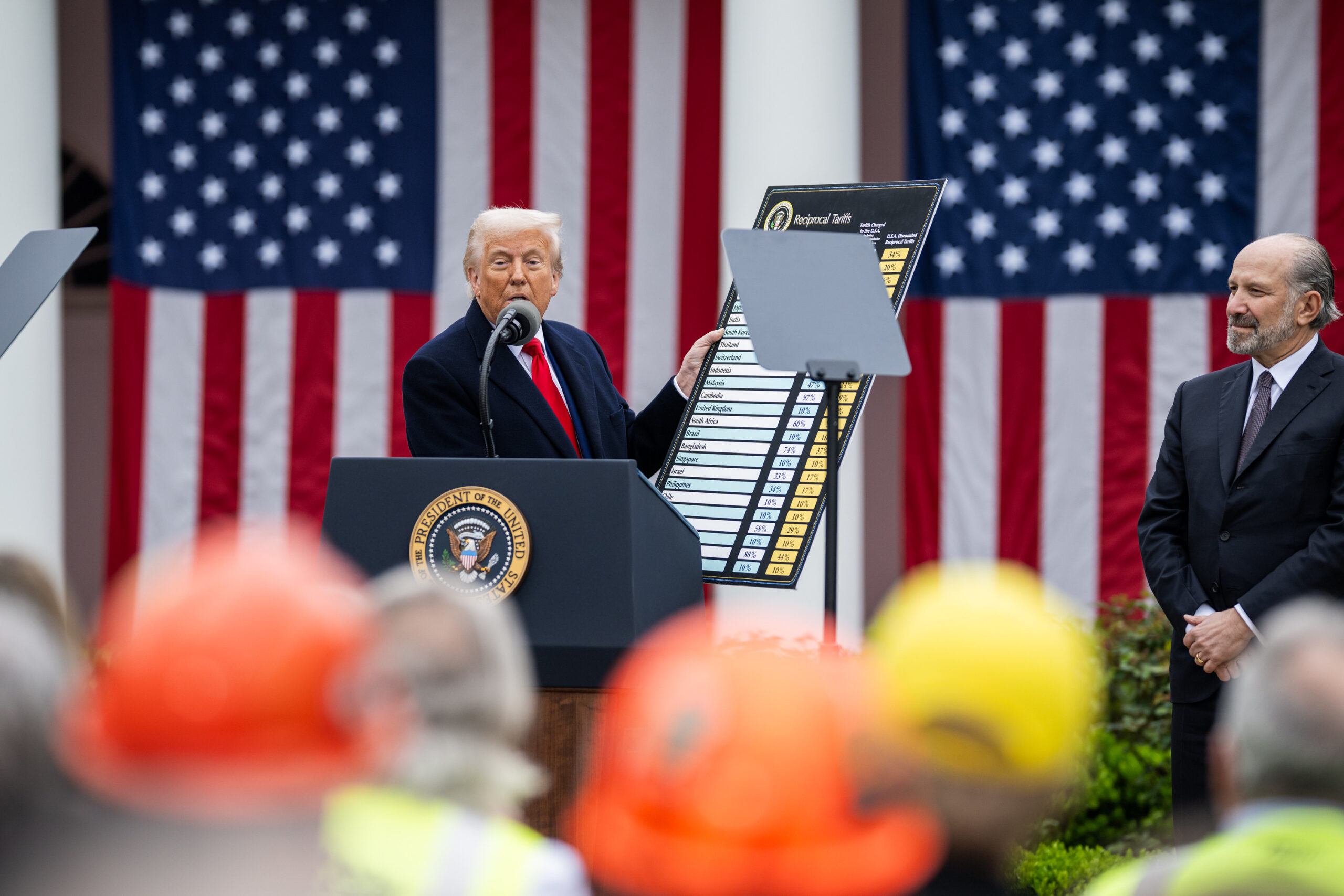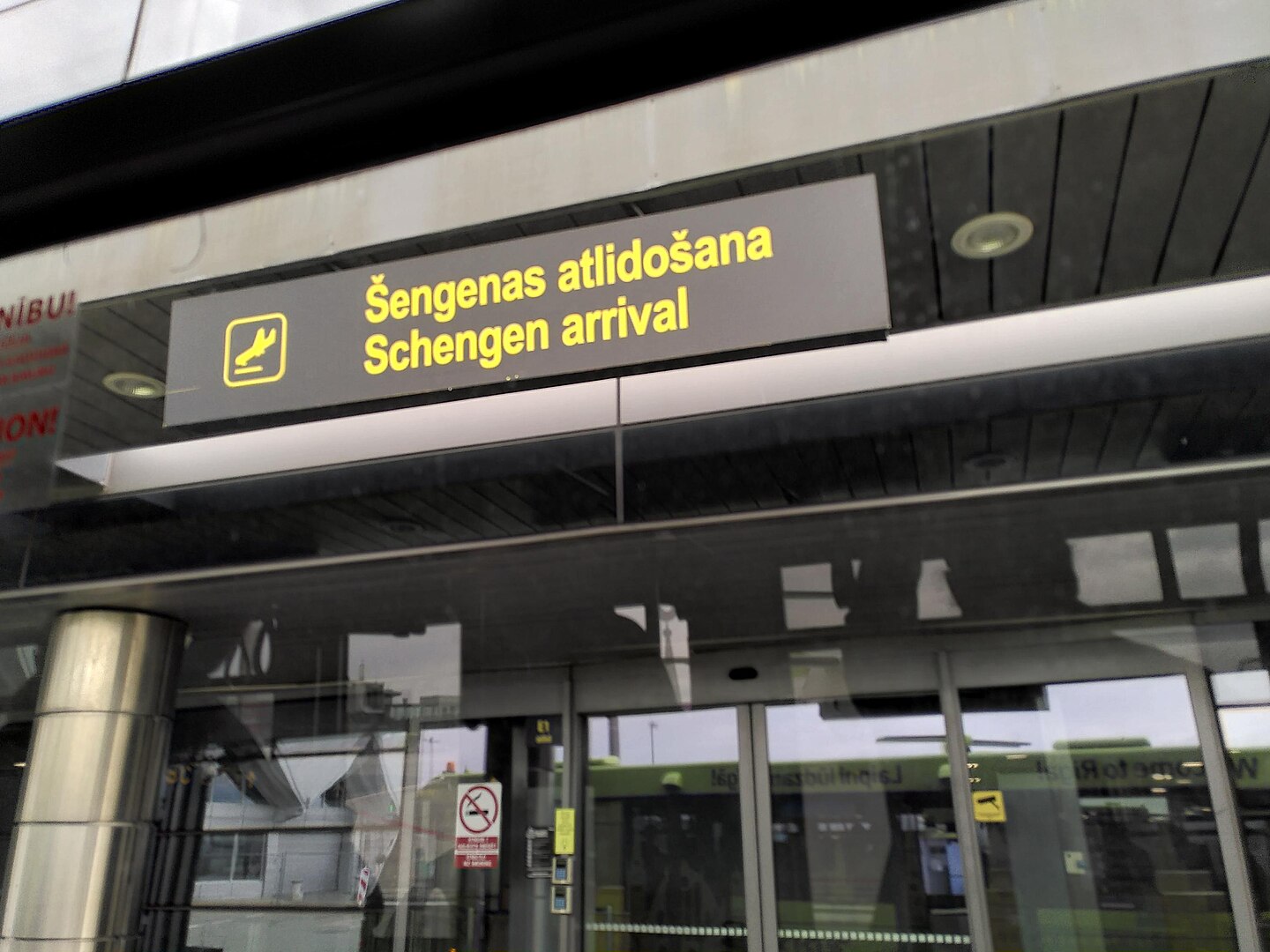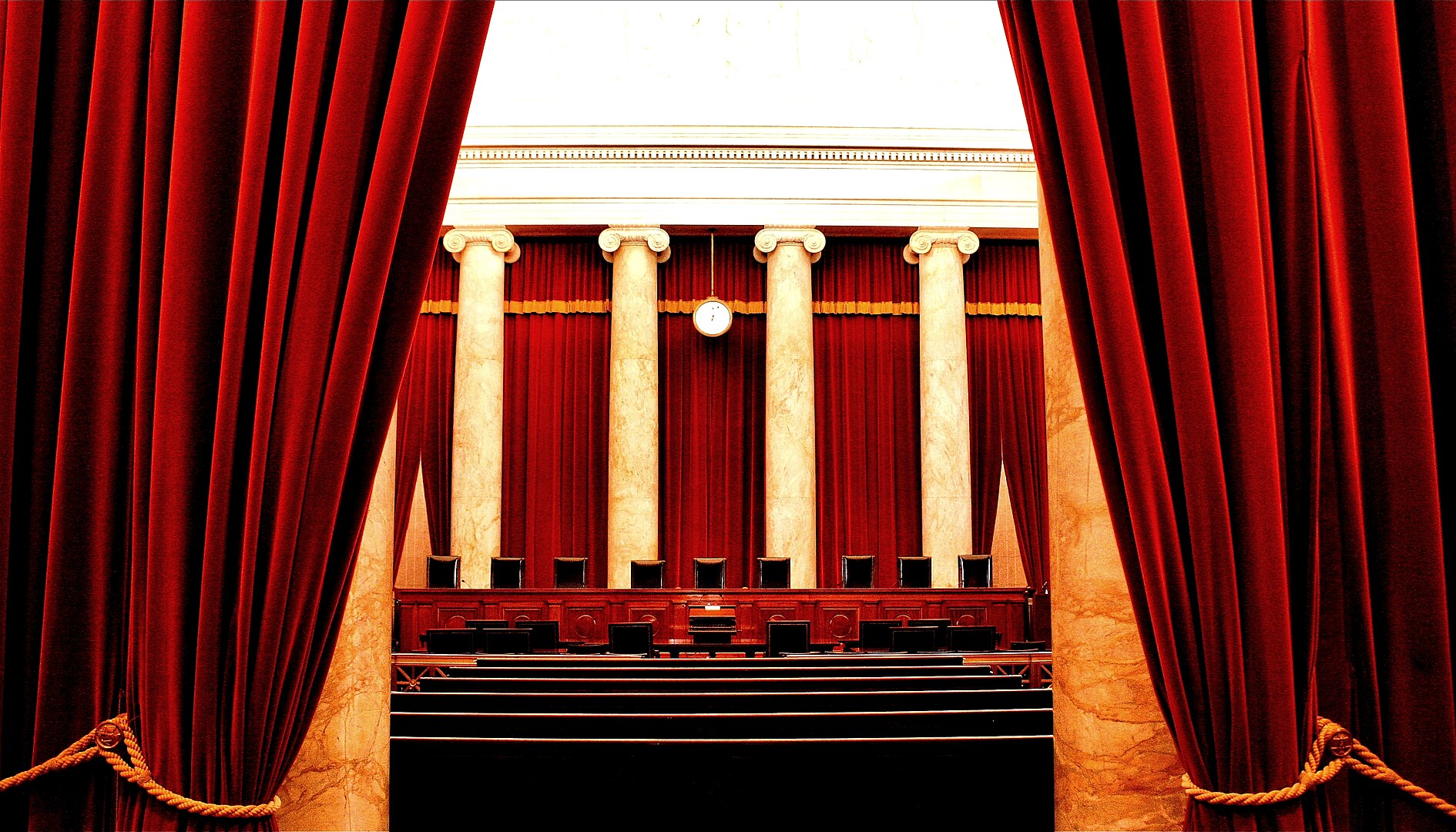“We invite you to participate in the extraordinary Economy of the United States, the Number One Market in the World,” President Donald Trump wrote in his letters to various world leaders on July 7th. Past the cordiality was an explanation of what would happen if each country did not “participate”: tariffs.
Having reached the deadline of a 90-day pause in the new sweeping policy of import duties announced by Trump in April, the White House has outlined that an auxiliary three-weeks has been added to the deadline, almost certainly because Trump and his commerce team promised 90 deals in 90 days, and instead has signed two.
Just the United Kingdom and Vietnam have announced that deals have been agreed, together with the White House, and in both cases avoided the so-called “reciprocal” tariff rates announced in April that for Vietnam was a market-crashing 46%. South Korea and Japan are in the spotlight both as examples of close trade and defense partners who haven’t made any deal yet, while Indonesia, and other Southeast Asian countries and the EU also remain deals of consequence that haven’t been reached.
In more than one occasion, world leaders on the receiving end of Trump’s forceful trade negotiations have stated that they intend to protect their interests.
Experts are agreeing generally, but not totally, that it’s a sign the Administration overstepped its bargaining position at the outset, and changed its demands too often, and now needs more time. According to The Economist, the average trade deal takes 18 months of negotiations.
Analysts speaking with ABC News AU claim that many existing roadblocks in deals with countries like South Korea and Indonesia can be inferred to be related to China and the prevention of trans-shipments—the purchase of good in the country for export to America. Provisions in the agreement with Vietnam seem to directly relate to trans-shipping, and South Korea, like Vietnam, trades more with Beijing than anyone else.
“Vietnam depends heavily on the US market and needed certainty. Washington, for its part, gets what it wanted: a headline-grabbing zero tariff and a pledge to crack down on trans-shipment,” said Nguyen Khac Giang, a Vietnam expert at Singaporean think tank the ISEAS-Yusof Ishak Institute. “There’s a risk that Washington’s strategy simply leads other countries to conclude that the economic relationship with the US is less valuable than that with China”.
Meanwhile, the agreement with the UK will see a reduction in the UK tariff rate on American goods down to 1.8%, an elimination of the previous 25% tariff on aluminum and steel, and a reduction in the US tariff rate on British cars to 10% down from 27.5%. Here too, though, language about China can be inferred with demands made on the UK over “supply chain and ownership issues,” language China itself criticized.
“We’re not going into the next couple of weeks wondering whether we need to get a deal, wondering if we’ll get a deal and what it’ll look like — OK, we’re wondering whether it will hold, but at least we have some element of predictability,” David Henig, from the European Centre of International Political Economy, told ABC.

Trade and defense: Japan and South Korea
As it relates to partners in East Asia, the Trump Administration has taken a different position: that any trade deals need to co-mingle with increases in defense spending.
In March, The Economist reports, Trump claimed that the Asian country maintained tariffs four-times higher than America’s, leaving the South Korean trade delegation baffled, as the US enjoys a free-trade agreement with South Korea on American manufactured goods that was renegotiated during Trump’s first term.
Recently-elected president Lee Jae-myung said modestly that “the two sides are not really clear what they want”. The Economist continues, saying that in recent weeks, the Trump team has brought into the negotiations “digital taxes on its tech firms, cost-sharing for its troops, network fees for platforms such as Netflix, South Korean investment in shipbuilding and an Alaskan pipeline, and restrictions on the export of location-based data by Google and others”.
It’s hardly the sort of thing that one could be expected to sort out over three weeks. Trump had also said previously that “they should be paying for their own military,” having done “very good,” for themselves. On Tuesday, he added that Seoul pays “very little” for the 28,000 troops America maintains on the peninsula.
Many have speculated on the motives behind the sweeping new tariff schedule, dubbed “Liberation Day” by the President. While campaigning for his first term in 2016, Trump argued that American security allies should be paying all if not most of the cost of their militaries—a cost which should in general be higher than it was/is. The tariffs, in the case of South Korea and Japan which are set to be 25%, may also be another way of addressing this long-standing issue as Trump sees it in their relations with America.
“Trade and defense are always linked for Trump, but Tokyo and Seoul have underestimated this fact,” Tetsuo Kotani, a professor at Meikai University, told Japan Times. “This is why Japan and South Korea are the first countries to receive the letters despite the fact they have engaged in trade negotiations with the Trump administration”.
Japanese Prime Minister Shigeru Ishiba has remained firm that trade and defense issues need to be dealt with separately. Such a position may cost the nation in the short term, but having already signed implemented a cost-sharing measure for hosting around 54,000 US troops in the country and expanding military spending to 2% of GDP, Ishiba will feel it’s not a position that need be maintained for long.
The eighth ministerial level meeting between Japan and the US over a new trade deal to avoid the tariffs ended without any announcements, but it was back in the hours before the first of those eight that Trump announced any deal would include the cost of military support. Though that “spooked” the Japanese negotiators, it appears not to have derailed them, as Japanese insistence over the removal of US tariffs on Japanese cars remains their primary focus, not addressing Trump’s defense concerns. WaL
We Humbly Ask For Your Support—Follow the link here to see all the ways, monetary and non-monetary.
PICTURED ABOVE: Trump at the signing ceremony in the Rose Garden next to a chart showing each country’s tariff rates. PC: The White House via Flickr



